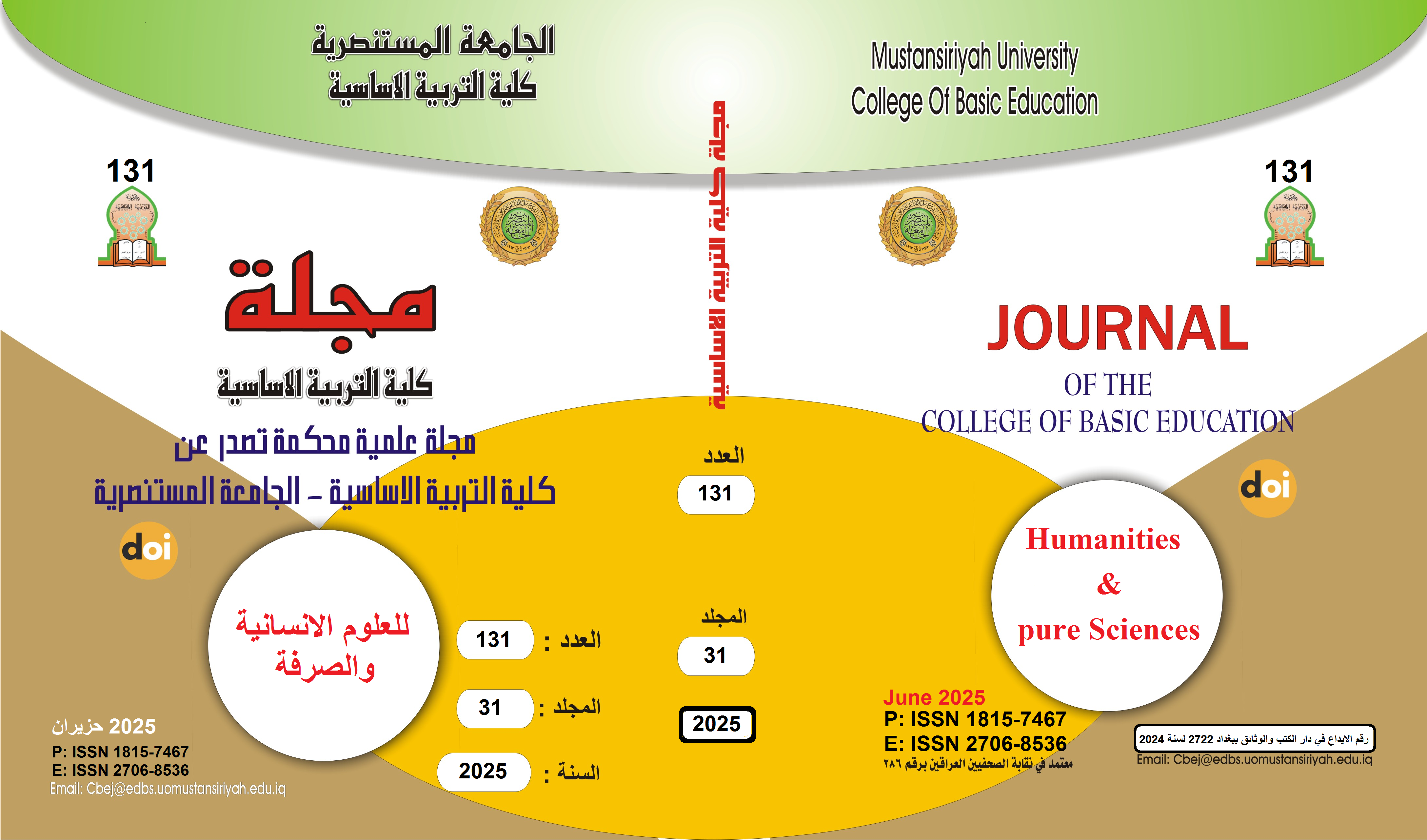Minorities in Iraq Challenges and solutions : A study in political geography
Main Article Content
Abstract
Over the past decades, Iraq's minorities have been exposed to numerous future scenarios that threatened their existence, either through submission, displacement, or isolation. Since ancient times, Iraq has represented a model of peaceful coexistence among its many religious, sectarian, and ethnic components. Many cultures, social customs, political, and even religious and educational participations have merged within it, encompassing indigenous ethnic groups and other settled communities from Turkey, Iran, and other countries. This has occurred over hundreds of years, and according to numerous historical circumstances and details.
Iraq consists of two main ethnic groups: Arabs and Kurds. The former represent the majority of Iraq's population, comprising 75-80% of the Arab population, while the Kurds represent 15-20%. Other sects, such as Jews, Mandaean Christians, Yazidis, Sabeans, Assyrians, and Shabaks, constitute 5% of the total population.
Article Details

This work is licensed under a Creative Commons Attribution-ShareAlike 4.0 International License.
